French Philosophy Gems for Mental Health: Structuralism and Post-Structuralism
In this series, these pocket-sized articles, I’m highlighting how some key insights into the great French philosophical movements can articulate practical strategies for well-being, particularly for mental health.
Previously we touched on how existentialist thought emphasizes the power of the individual and affirms our agency in creating personal meanings. Existentialism acknowledges that we bravely make choices every day, despite being immersed in the context of an existence that is at times absurd, and always a mystery.
Earlier articles in this series:
Philosophy and Mental Health: Lessons from the French Education System
French Philosophy Gems for Mental Health: Existentialism
French Philosophy Gems for Mental Health: Structuralism and Post-Structuralism (this one)
In this article, I’m adding the perspectives of the Structuralist and Post-Structuralist philosophical movements of the twentieth century.
The Basics of Structuralism

Structuralism was recognised as a way of understanding the world during Les Trente Glorieuses, the years of economic recovery in France following the Second World War. Structuralism arose most popularly through the work of anthropologist and philosopher Claude Levi-Strauss (not to be confused with the clothing manufacturer Levi-Strauss!)

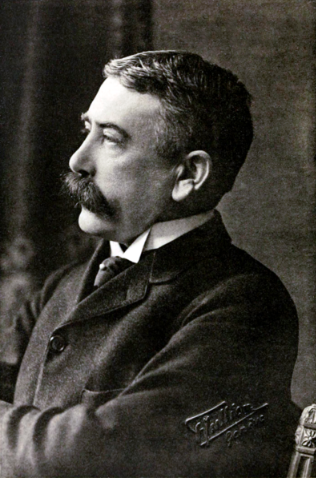
The Swiss linguist and philosopher Ferdinand de Saussure was also instrumental in the rise of structuralism, although, as with most philosophy, structuralist thinking can be traced back to antiquity, in some form.
Fundamentally, structuralism posited that everything exists as part of a system or structure,
sometimes only making sense when understood in those contexts. A key focus of structuralism was linguistics because language is a core part of human existence that only makes sense via its well-established structures – verbal and non-verbal.
De Saussure highlighted that we attribute meanings to things through the sounds of language, so language may be largely indivisible from our process of meaning-making and understanding truths.
Further, languages are themselves embedded within various cultural, historical, and societal structures – layers and hierarchies we are born into – all of which influence our beliefs and experiences of truth and reality.
The coming of Post-Structuralism
Post-structuralism arose in Paris during the 1960s as a criticism, or perhaps in some ways, a deepening of structuralism. It recognised how structures can limit us, especially if we are too caught up in them to see them.
French writers such as Julia Kristeva, and Hélène Cixous raised awareness of feminist perspectives, bringing structures around gender and sexuality into a clearer view. Once alternatives to patriarchal structures surrounding artistic expression were in the popular domain, they could not be unseen meaning old structures were subverted.
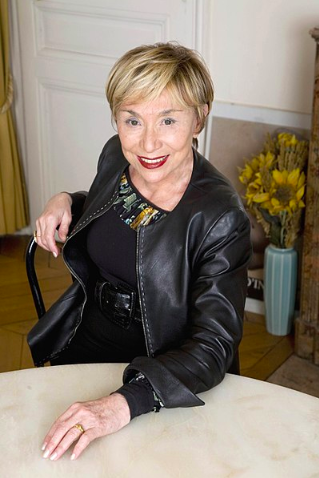
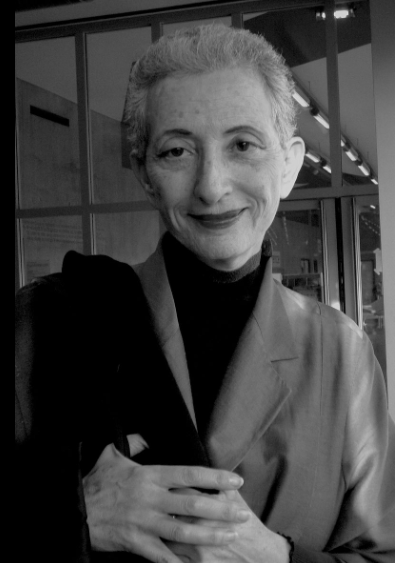
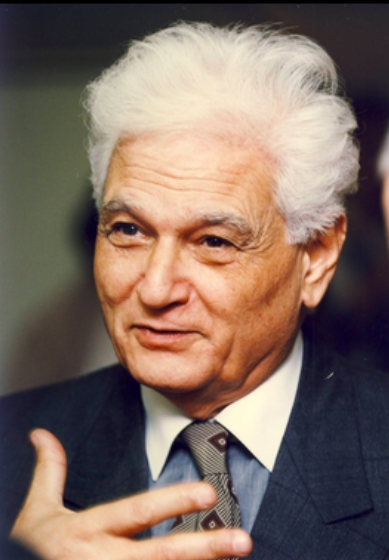
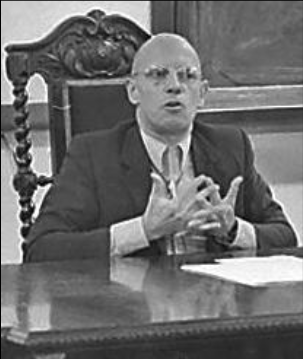
The celebrated theorist Jacques Derrida often focussed on deconstructing texts to reveal dualities, subtexts, and hidden hierarchies behind words and within thinking.
The influence of post-structuralists like Derrida and Michel Foucault in contemporary art, literature, and psychology remains immense. They made it mainstream to interrogate popular notions of ultimate truths, opening the way to deep change and growth for the better. They championed intelligent, critical thinking as a way forward for the arts and for healthier societies.
What We Can Use in Daily Life
For me, the most practical application of structuralist and post-structuralist thought lies in the awareness that we are surrounded and even have within us, unseen structures and patterns. Further, it’s knowing that while we are born into many helpful scaffolds for life, it is also possible to be unwittingly imprisoned and limited by some structures and patterns. For example, our family and culture of birth are the most powerfully influential structures in which we develop. They help form our intrinsic patterns of communication, behaviour, thinking, and perceptions about people and the world.
Growing into an emotionally intelligent adult includes keeping what works from the structures that influenced us from childhood, and equally retiring those structures we’ve come to recognise as a poor fit. As we mature, we typically learn that not everything that is familiar necessarily serves us as the unique individuals we each become.
Breaking out of self-imposed structures that don’t support our unique path of growth and happiness often means mindfully deconstructing self-defeating or harmful patterns. As de Saussure wrote, language is one of the most powerful and ever-present structures in which we exist, so our inner language deeply influences our thinking, emotions, behaviour, and mental health.
If we are not aware of the structures or patterns, within our own minds – how can we be free, grow or deconstruct them, to make our lives better?
Developing mindful self-awareness is the key to being able to keep and strengthen useful patterns and structures, and questioning the unhelpful, limiting ones. Awareness of our structures – helpful and unhelpful, internal and externally imposed – allows us the freedom of mind to make better decisions.
While there are many social structures in which we find ourselves ensconced, such as levels of privilege, gender roles, broader culture, and many more, our inner-language patterns (sometimes called mindsets) are often the most powerful structures of all. The brilliant thing about them is that they are very much in our power to influence.
Are you a supportive voice to yourself, or more often a slave to your own unhelpful structures? Are you your own biggest, meanest critic or a best friend in your head? These are questions worth asking for life-long mental health and well-being. Please share your views & experiences in the comments below.
Image credits
1. Woman in ‘structure’ via Unsplash
2. Claude Levi-Strauss by UNESCO/Michel Ravassard via Wikipedia
3. Ferdinand de Saussure by Jullien Restored via Wikipedia
4. Julia Kristeva à Paris 2008 via Wikipedia
5. L’écrivain Hélène Cixous, 2011, by Claude Truong-Ngoc via Wikipedia
6. Jacques Deridda by unknown, via Wikipedia
7. Michel Foucault by unknown via Wikipedia






